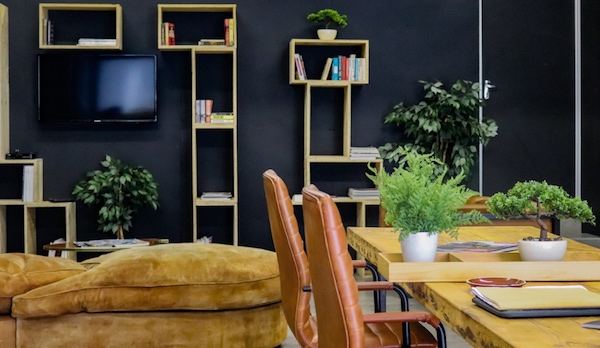5 Interior Painting Tips You Must Know

Planning on doing some DIY interior painting? Hoping to achieve professional results? What might look straightforward is, in fact, a fairly complex process.
Like all skills, the more practice you have, the more competent you become. Professional painters like us have years of experience and training, which directs our painting methods and helps us achieve perfect results.
Along the way, we have learnt a ton of interior painting tips that all painters must know. In this article, we’ll share 5 of them with you.
Let’s get right into it.
1. Preparation is the Key to Success
You’ve heard the saying, “if you fail to prepare, prepare to fail.” Well, it’s true. There are a few things you’ll need to consider when preparing your interior for painting.
- Damaged walls. If your walls are cracked or contain holes, these will need to be repaired before you paint. Depending on the size of the crack or hole, you should be able to do this quickly and easily using wall filler purchased from your local hardware store. You’ll also need to lookout for water stains and mould, which could require professional treatment.
- Damaged paint. If your current paint work is blistered or peeling, you can’t simply paint over it. Instead, you’ll need to sand back any rough or damaged areas.
- The cleaning process. Even if your walls are in tip-top shape, you’ll still need to clean them with warm water and soap before you paint. This will remove dirt and dust that may prevent the new paint from adhering properly. Allow your walls to dry completely before you continue.
2. Don’t Skimp on Painting Equipment
High-quality tools can help you achieve high-quality results.
Cheap rollers and brushes have a tendency to shed, which can completely ruin a new paint job. Plus, second-tier painters’ tape doesn’t always stick as it should, and can allow paint to run into areas it shouldn’t.
Quality rollers and brushes, on the other hand can help you achieve even coverage, saving you time and money (you won’t need to use as much paint).
3. Protect Yourself and Your Belongings
Interior painting is messy business, and cannot be rushed. It’s not something to undertake on a whim. Instead, it requires a lot of planning and preparation.
One step that can absolutely not be skipped is the protection of your belongings, including furniture, artworks, floors, and yourself.
You can cover your belongings in cotton drop cloths, plastic drop cloths, even newspaper if you’re only protecting the floor. Don’t forget to secure doorknobs and power points too. Aluminium foil and masking tape are good options for these smaller items.
And, be sure to wear clothes you don’t mind ruining, as no matter how careful you are, you’ll end up with a spec of paint somewhere.
4. Don’t Skip Primer
Unless your walls were painted very recently in a light, bright colour and are completely mark-free, a primer is necessary.
Paint primer works on a number of levels. First, it gives new paint an ideal surface to adhere to. Secondly, it covers over any stains or marks. Finally, it neutralises the current colour of your walls, so the new paint dries true to colour.
5. Trust the Roller
If you’ve opted for a premium paint and a high-quality roller, there’s no need to apply a lot of pressure. Pressing down too hard can result in an uneven finish. Take your time, and let the roller do the work.
Hire Professional Painters
Sound like too much work? Want professional results, guaranteed? Call in the team at Kraudelt Painting. We’ve helped hundreds of happy customers transform their interior spaces. Request a quote today – phone on 07 3829 5735 or fill out the form on this page.

